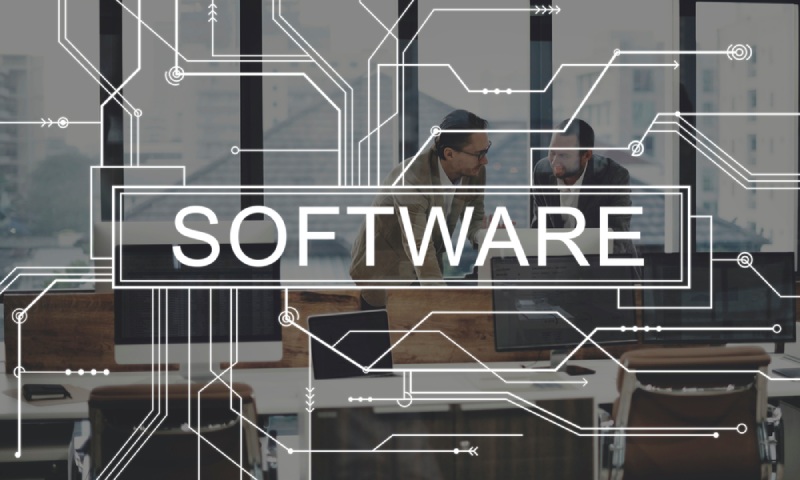Every East Coast business owner in today’s inflationary environment is looking for ways to economize and improve: overhead expenses, workload, staffing needs, office space, supply chains, etc. It all feels stretched. We’re *all* feeling it, even here in East Coast.
So it might creep into your lizard brain that the basic function of “paying your employees” might seem like an area that doesn’t need your attention – a great place to slash costs and simplify. Didn’t we figure all of this out in month one?
Perhaps not.
What is the Best Payroll Software for Your East Coast Small Business?
“The biggest thrill wasn’t in winning on Sunday but in meeting the payroll on Monday.” – Art Rooney, founder, Pittsburgh Steelers
Making the payroll is one of the biggest responsibilities of running a small business, the lubrication that keeps your company working smoothly. But there aren’t many management chores that can eat up your time and energy faster.
Payroll software can take the headache out of that job, but you have to know what you need and what it can deliver.
You may think you have a perfectly good system already in place for your East Coast small business. Or if you’re a startup, you might not even be sure that you can use payroll software.
So ask yourself this:
– Do more of my workers want to know more details about their paychecks?
– Am I ever late issuing paychecks?
– Am I late on taxes or struggling to keep up with filling out tax forms?
– Am I falling behind on other business requirements because we calculate payroll by hand?
Ask your finance folks, too: They oversee time and attendance, benefits, performance management and a host of other functions that are right up the alley of payroll software.
Payroll is probably one of your highest expenses, if not the highest. It’s time-consuming but unavoidable, touching every part of your business.
Payroll software is your investment to make this key part of your business easier. It can also help free you and your HR folks for more planning and forward-thinking activities.
It benefits you the owner in ways other than just compliance – errors in payroll can become some of your biggest headaches, causing loss of production and even loss of your workers. Proper integration of your payroll software with your other systems lets you see more accurate budgets and forecasts faster.
Your shopping list
It helps to know what you’re buying before you get to the store. Here’s what you should be looking for…
Easy to install. You’ve got a business to run. You and your HR people need to be able to get this software up and running with little or no lag with the vendor’s tech support. The software needs built-in and user-friendly tips, tricks, and recommendations for non-technical staff.
Easy to use. Look for intuitive and simple reporting features that help you budget and forecast easily, in addition to dotting all the I’s of having workers. It should take care of remote, gig, contract, and by-project employees paid by whatever time schedule works best for you and through whatever means, such as direct deposit, that works for them. It should also be able to handle overtime and wage-garnishment scenarios automatically.
Security. Your payroll holds a ton of sensitive data – and a ton of hackers out there would like to get their cursors on it. Payroll administrators and employees should have access to the data they need, no more and no less, and validation security is essential.
Taxes. Both the states and the federal government require employers to withhold income and payroll taxes from an employee’s paycheck. Payroll software calculates and deducts these and then sends them to the government. These tax rules also change frequently – your software has to keep up with that.
You should be able to customize, and the system should grow with your company. Most payroll software is available on the cloud and provides self-service portals to you and your employees from a variety of devices.
Reviewing vendors
Time to get picky. Questions you should ask vendors include:
– Can your system integrate with mine?
– Does your system support every region where I have employees?
– What’s your experience in my industry?
– What’s the hardest thing about using your payroll software?
Though prices vary widely, basic out-of-the-box payroll software generally starts in the low three figures. Cloud solutions range from a couple twenties to the low three figures per month (plus, usually, a per-employee fee). As always, the more you pay, the more you get.
Here some best-known vendors and a smattering of features:
Gusto: Offers a complete range of all the needed tools and often tops the list of payroll software roundups. Offers onboarding features and syncs with the latest meeting apps, too. Pricier plans seem to have the real extras.
Intuit QuickBooks Payroll: It’s not surprising that this integrates well with their suite of accounting and other business software. Taxes and benefits covered of course, among other areas, and they also offer templates for new hires, company policy, HR laws, and conflict resolution.
ADP (Automatic Data Processing Inc.): Any search for payroll software would have to include this household name in the field. Just about all the tools you’d ever imagine for payroll – the trick here would be to not pay for more than you need.
Payroll is one of the biggest software decisions you’ll make for your company. We can advise you on what software fits your business best:
On your side,
Buccigrossi and Associates
(412) 856-8799
Buccigrossi & Associates, LLC






